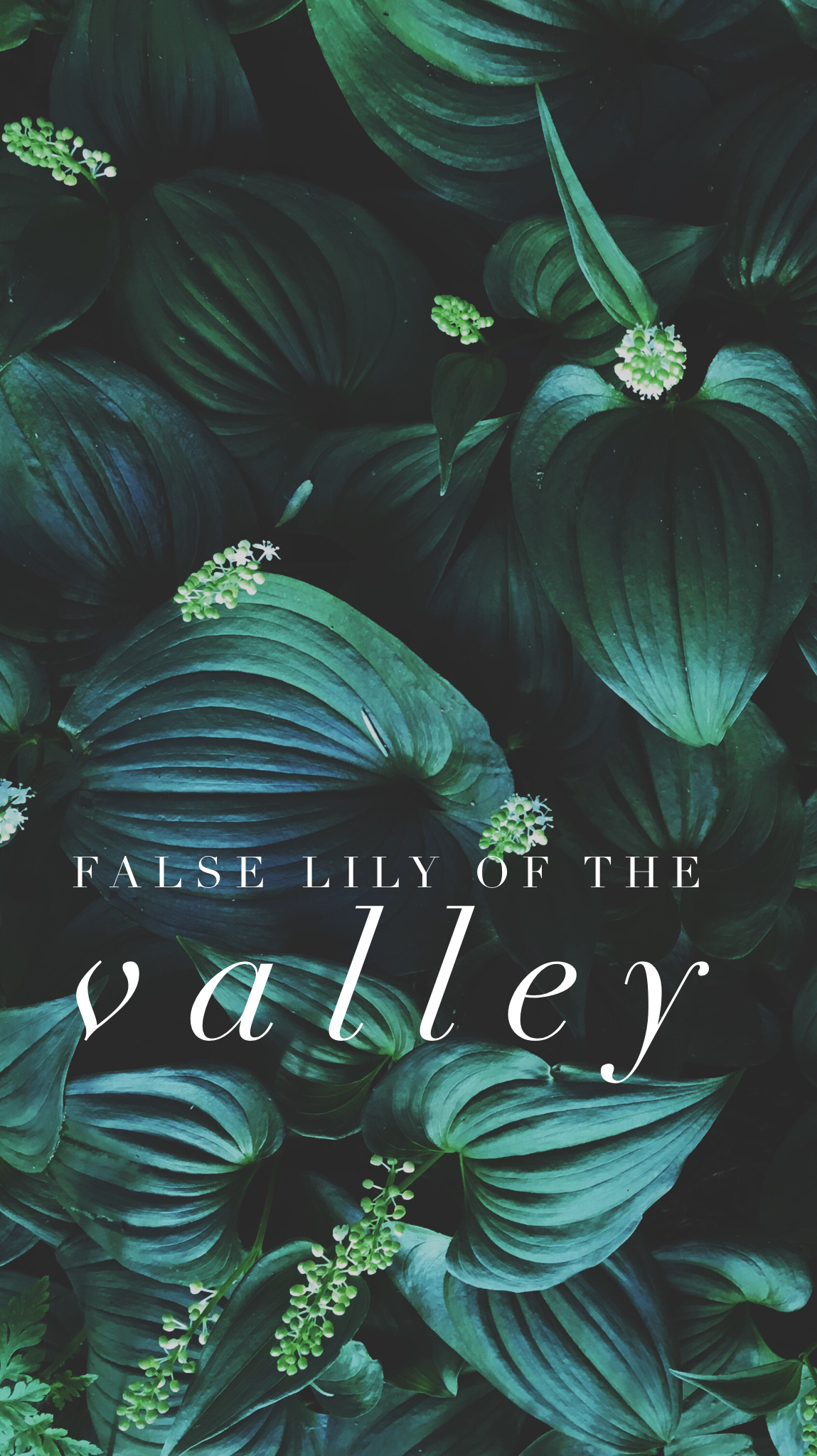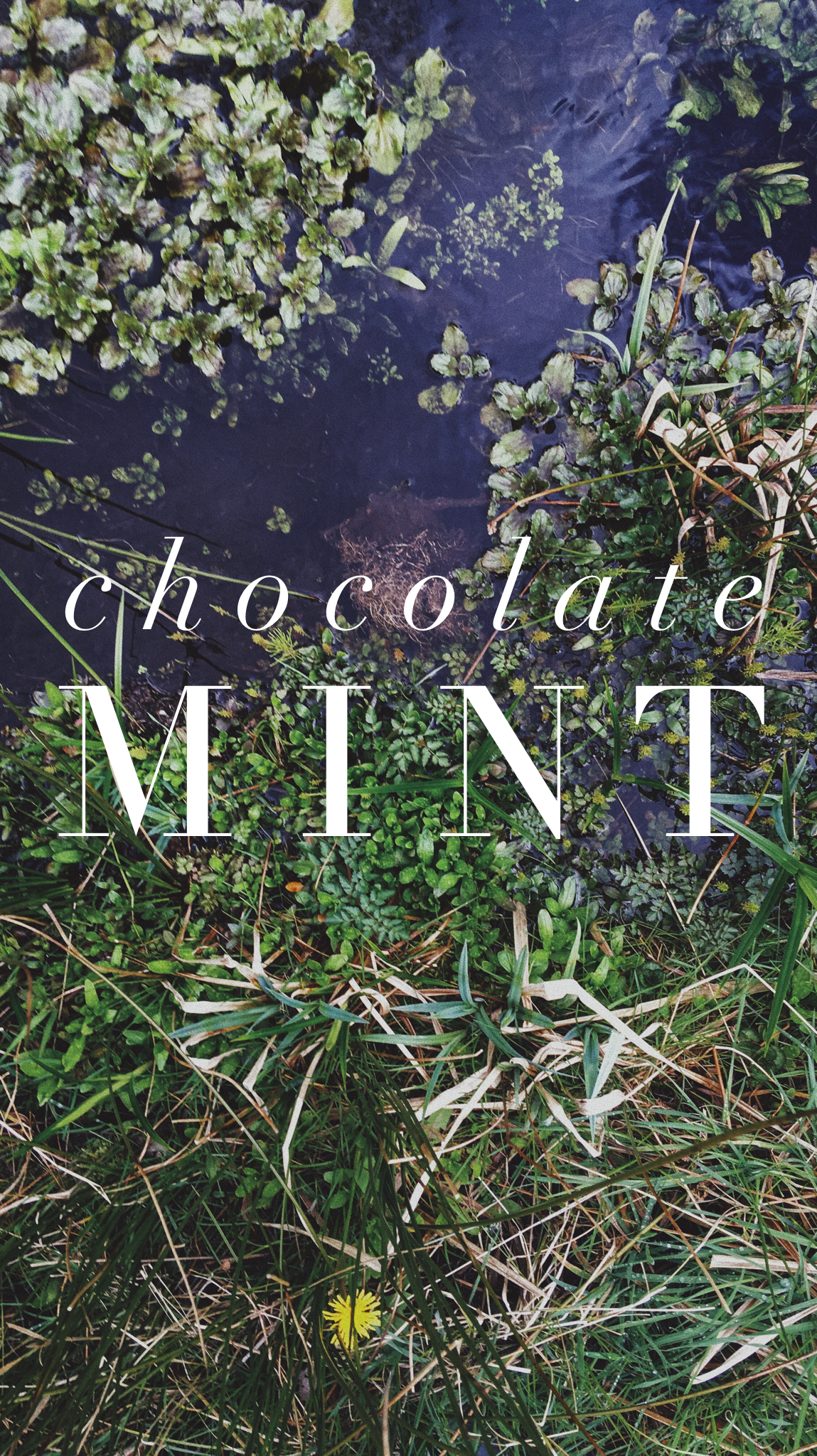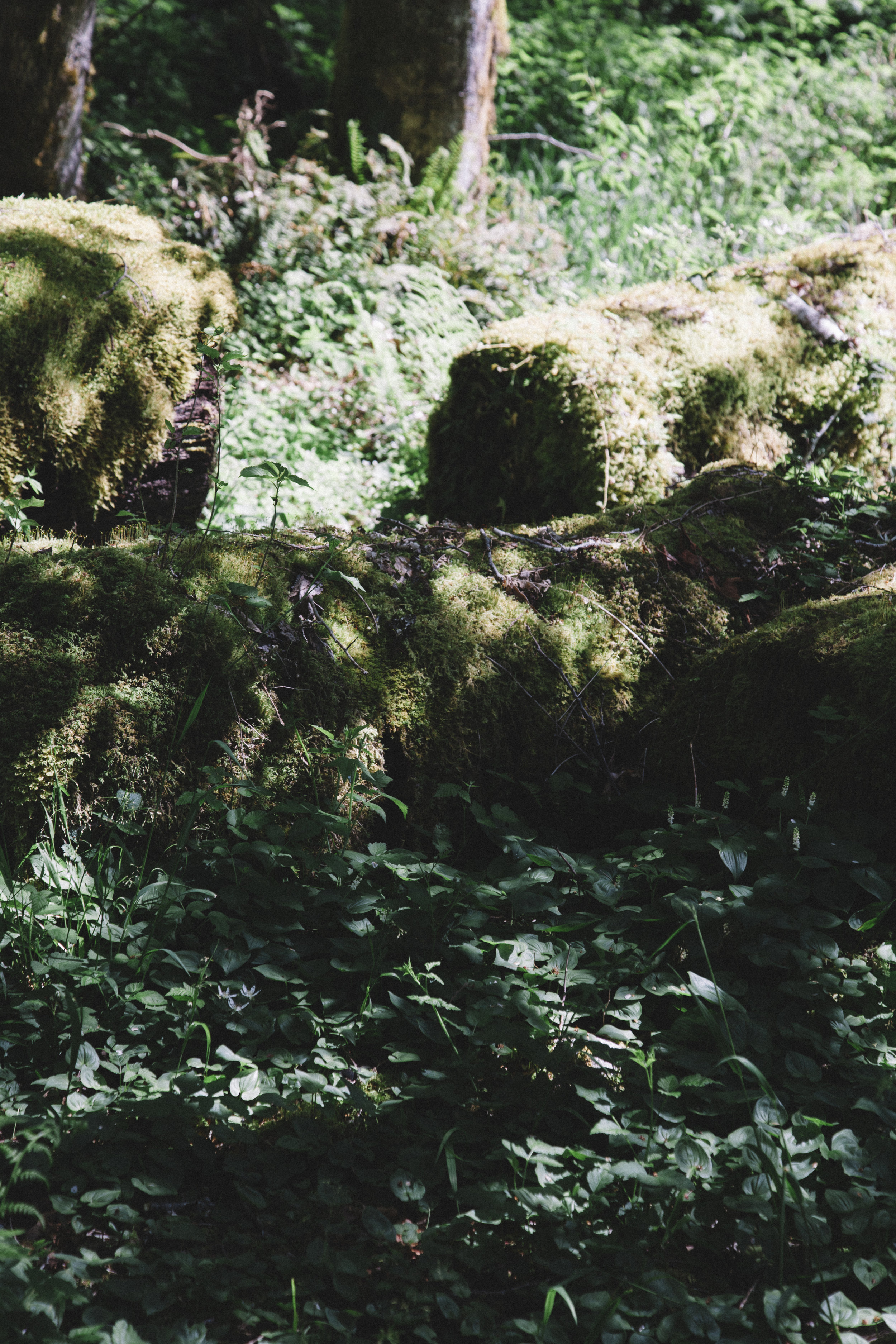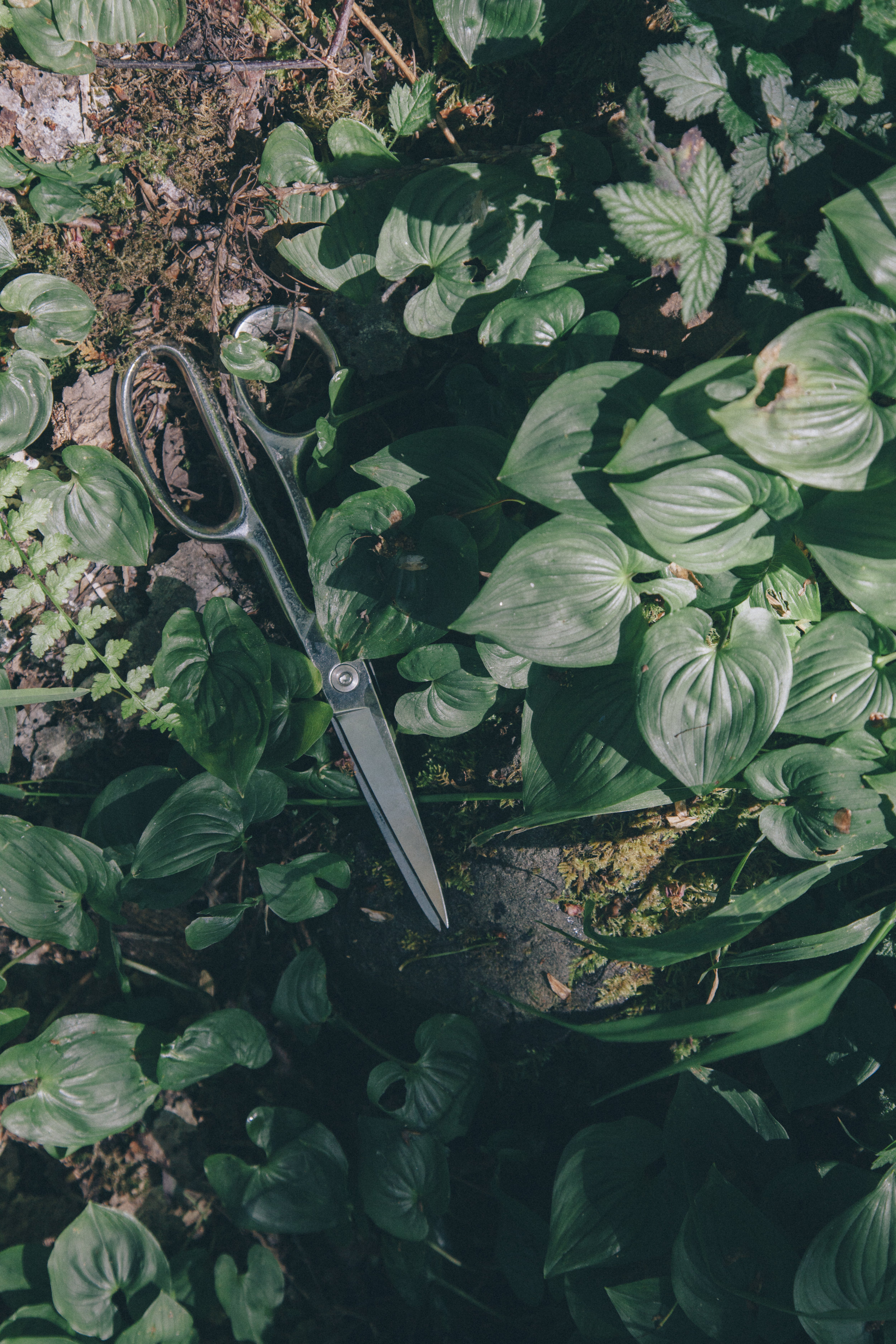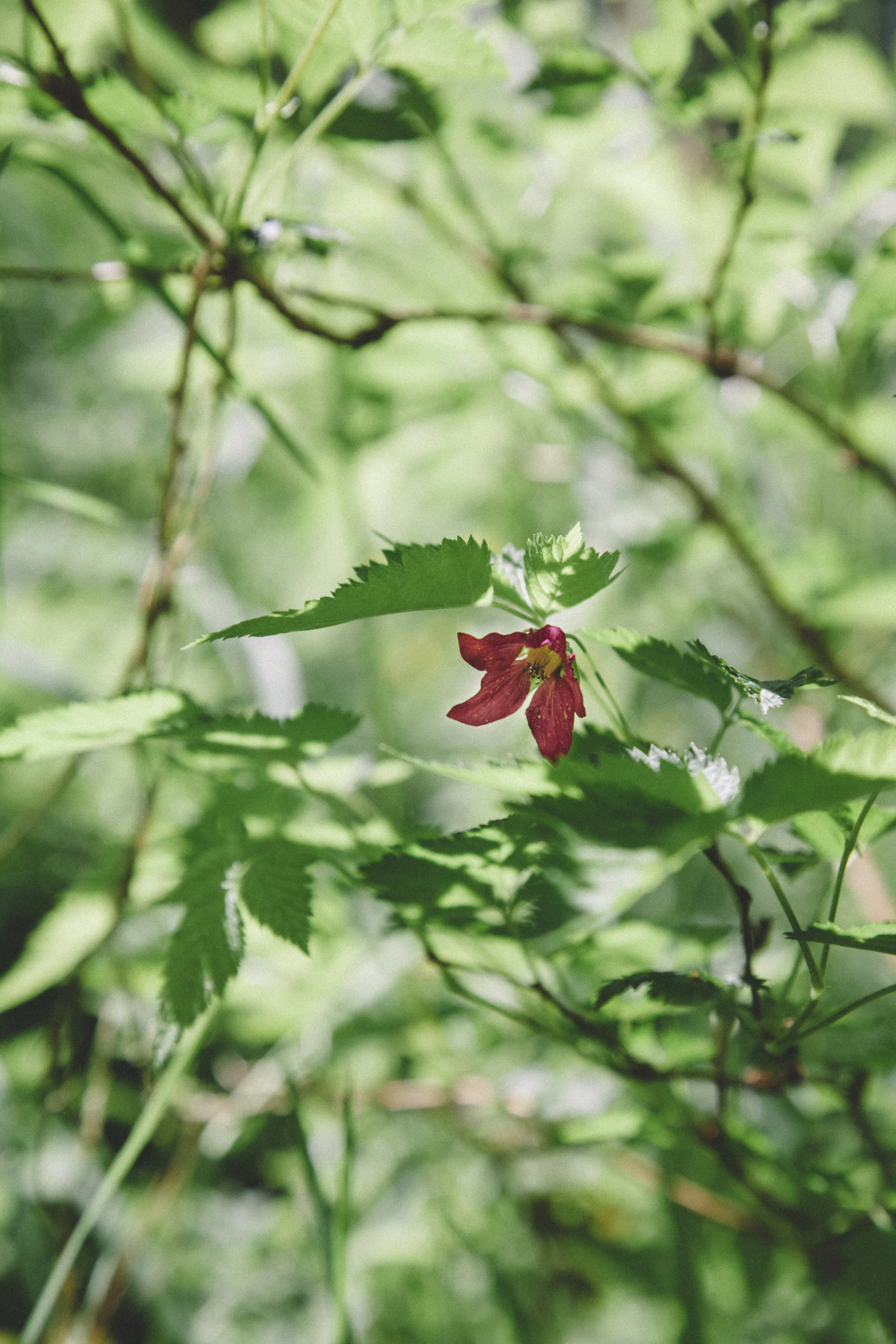In the grove where our creek meets the river grows an abundance of Hedge Nettles. Tall and erect with saw-toothed leaves, long, slender flowers foster nectar for bees, caterpillars, and hummingbirds, and make a fine addition to our own tables.
One of many members of the nettle family, Hedge Nettles lack the voracious sting of their sister plant, the stinging nettle. Bristly hairs cover alternating leaves up to thin, tube-shaped flowers. Standing up to 5 feet tall, flower color ranges from white to purple. Wet, nutrient-rich soils along streams, riverbanks, thickets, open forests, disturbed areas and hedges foster populations.
Also known as “Hedge Dead Nettle,” “Marsh Hedge Nettle,” and mistakenly referred to as “Woundwort,” documented accounts show medicinal and culinary use across the globe.
One such account refers to the plant as “Husbandman’s Woundwort" for its ability to heal a countryman's severe cut in seven days. Another speaks of “a deep and grievous wound in the breast with a dagger, and two others in the abdomen" healing in 21 days when mixed with hog’s grease.
Early settlers of the United States chose Hedge Nettle to remedy hysteria and nausea. Native peoples utilized the plant to treat colic. Locally, the Green River and Puyallup peoples cured boils, while the Quileute applied for rheumatism. Fishermen of the Nuu-chah-nulth even wiped their hands with leaves before handling gear.
Aside from medicinal use, nettles serve many practical purposes. Burial sites from the Bronze Age show woven nettle fiber in sailcloth, fishing nets, paper and clothing fabric. Traditional practices, still popular today, include nettle tea, juice, ale and use as a preservative for cheese.
Botanical Illustration of Hedge Nettle 1800s.
Though stinging nettles are famous for their rich and mildly earthy flavor, Hedge Nettles are rarely recognized, despite similar qualities. In countries where foraging is still practiced, (Bulgaria, Slovenia, Romania, Iran), green soups, omelets, and purées dot tables in spring. Though they release an unpleasant smell upon boiling, a quick drop in the pot softens and removes the (slightly) bothersome hairs. My two favorite ways to enjoy Hedge Nettles are folded into pasta- the green noodles coated in thick Alfredo topped with crispy prosciutto- creamy milkfat, grassy pasta, and crunchy pork fat- and scattered across a salty, buttery garlic-scented flatbread.
Both are relatively easy, but the flatbread calls for little more than a few minutes and an appetite. No boil is required, since the greens crisp up in the oven, and, should you desire, you can skip the dough making altogether and pick up a ball of pizza dough on your way home. Making the dough by hand requires some planning to accommodate rising times. I find it well worth the effort to freeze a few balls that I can pull out and thaw for a Squash Blossom Pizza or grilled flatbread when the mood strikes.
This is a recipe I make in the dog days of summer. When the light is long and hot and we’re deep in the thick of it. Other greens have bittered and dried up in the sun, and berries are about to burst. The cool river breeze gently tossing the tall plants and pretty purple flowers calls me down.
Hedge Nettle Flatbread with Garlic Scapes
Ingredients:
Dough
0.8 grams (scant 1/4 teaspoon) instant dried yeast
700 grams (3 cups) water, 90-95 degrees F, divided
1000 grams (7 3/4 cups) all-purpose flour
20 grams (1 tablespoon + 3/4 teaspoon) fine sea salt
Topping
A couple handfuls of Hedge Nettles, washed and leaves and flowers plucked
4 garlic scapes (or 1 clove garlic)
Olive Oil
Salt
Pepper
A couple tablespoons of Salted Butter (Kerrygold brand recommended), melted
To make the dough:
1. Combine the yeast and 3 tablespoons of the water in a small bowl and set aside. Combine the remaining water with the flour in a large bowl and mix by hand until incorporated. Cover with plastic wrap and let rest in a warm, draft-free area for 30 minutes.
2. Sprinkle the salt over the top of the dough. Gently stir the yeast mixture with a clean finger then pour over the dough. Use a small piece of the dough to wipe the remaining yeast goop from its bowl and add back into the dough mixture.
3. Wet your hands, reach underneath the dough, and grab about 1/4 of the dough mass. Gently stretch and pull the section over the rest of the dough, onto the opposite underside. Repeat 3 or more times with the remaining dough until the salt and yeast are incorporated.
4. Use your fingers to pinch the ingredients into the dough, then fold it over onto itself, repeating the process to fully integrate the ingredients. Cover with plastic wrap and let rise for 1 hour.
5. Wet your hands, reach underneath, and grab about 1/4 of the dough, stretch and pull the section across the remaining dough and tuck underneath. Repeat. Lightly brush dough with olive oil. Cover again with plastic wrap and let rise about 12 hours (dough will be 2 to 3 times its original size).
5. Place the dough on pastry board or floured surface, coat with flour and use a dough scraper to divide into 5 equal pieces. Repeat the folding process above with each ball of dough. Lightly brush with olive oil, cover and refrigerate 6 hours. Bring to room temperature before baking.
To assemble:
1. When the dough is ready and at room temperature, place a baking stone (if you have one), in your oven and heat to 450 degrees F. On a lightly floured piece of parchment set over a cookie sheet, roll the dough into a rectangle, about 1/4" thick. Using a cookie sheet here as opposed to a baking sheet is important if using a baking stone. The stone will be firey hot when the oven is heated and you'll need to be able to slide the dough onto it running into anything.
2. Meanwhile, prep the toppings. Chiffonade the nettle leaves by stacking on top of each other and tightly rolling like a cigar. Pinching the roll in one hand, thinly slice the roll into small ribbons. Mince the garlic scapes.
3. When the oven is ready and the dough is rolled, brush the entire surface of the dough with olive oil. Sprinkle a couple pinches of salt over top and follow with a few cracks of fresh pepper. Evenly scatter the chiffonaded nettle leaves, flowers, and minced garlic scapes. Very carefully open the oven door and slide the dough onto the stone. Bake for 15-20 minutes, until golden brown.
4. Remove from the oven and brush with the melted butter. Let cool about 5 minutes, slice into squares with a pizza cutter and serve.








